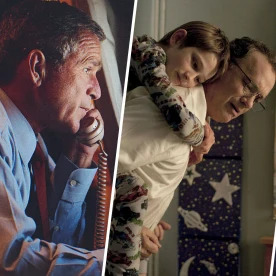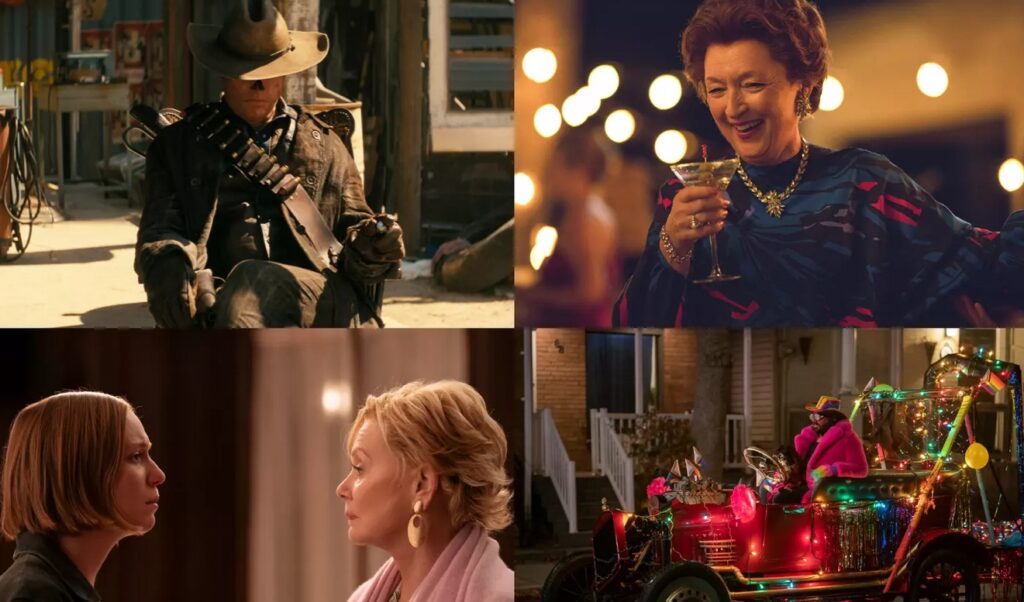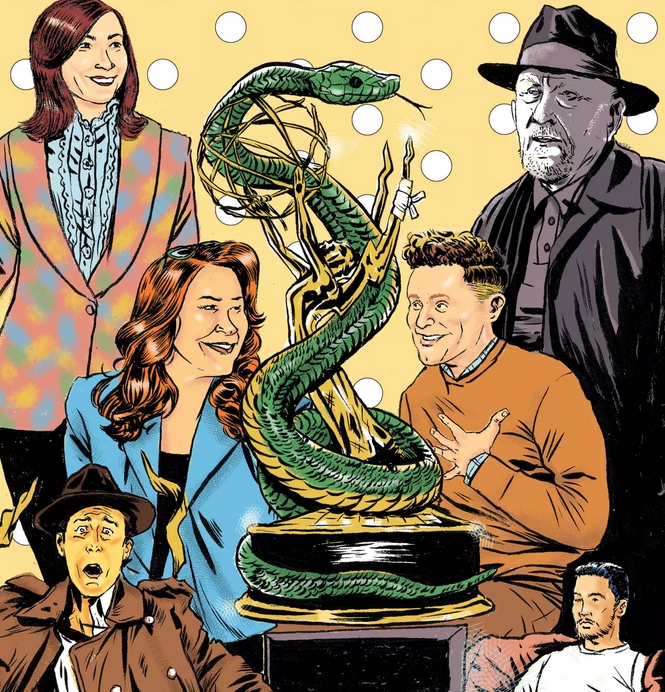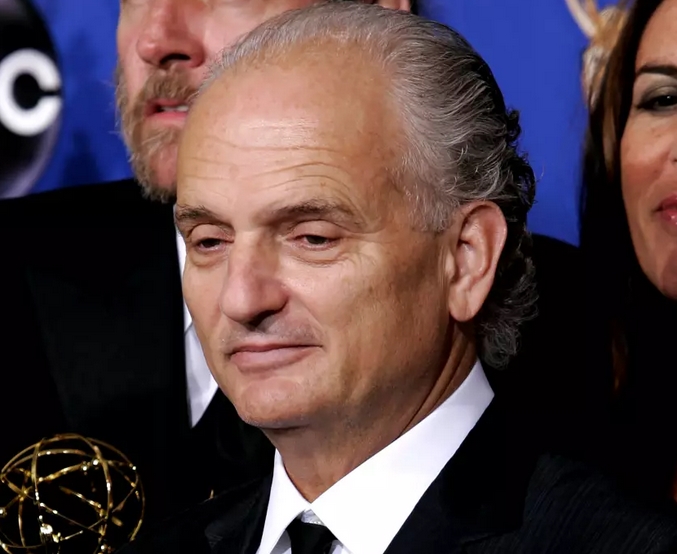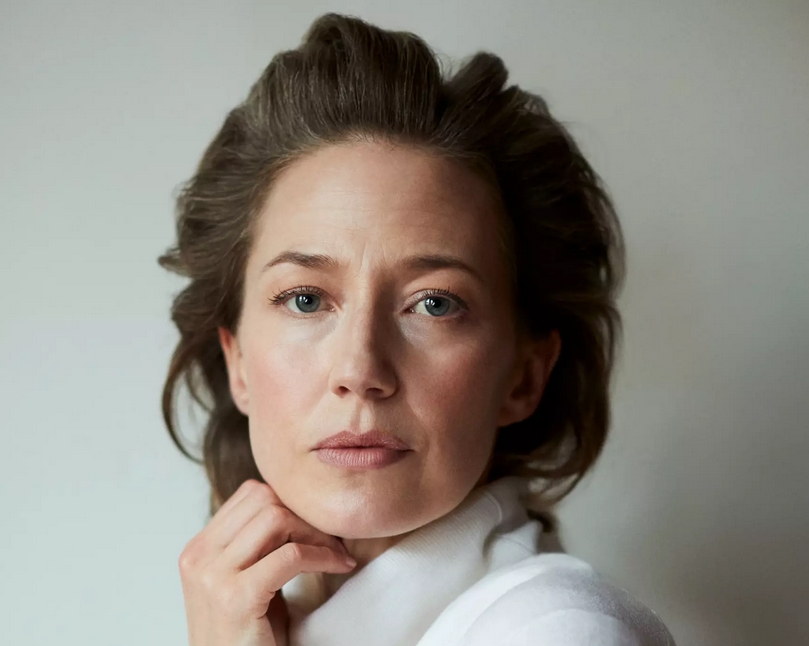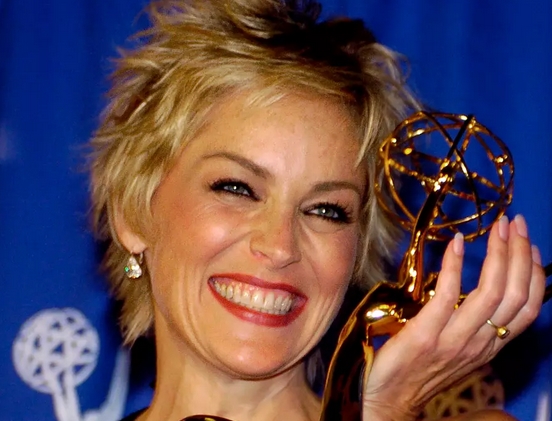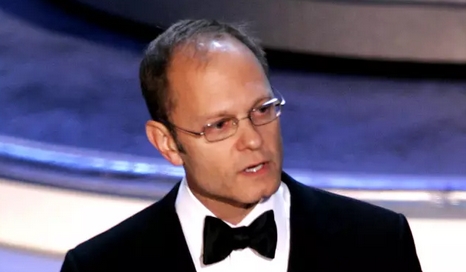9/11 movies and documentaries worth watching
It’s been 23 years since Sept. 11, 2001, a day many Americans will never forget. The felling of the twin towers of New York City’s World Trade Center by two planes; a third plane striking the Pentagon outside Washington, D.C., and a failed attempt by a fourth plane, which crashed in rural Pennsylvania when the passengers took over — these are events etched in the memories of U.S. citizens and around the world.
And in the ensuing decades, numerous documentaries and feature films have explored the events before, during and after what has become collectively known as 9/11. Today marks the 23rd anniversary of those attacks. For those wanting to look back in remembrance or educate young people who might not have been alive then, here are 12 movies and documentaries worth seeing.
20 years ago at the Emmys: A clean sweep for ‘Angels in America’
There’s no such thing as a sure thing in awards season — but HBO’s “Angels in America,” which swept the 56th Primetime Emmy Awards on Sept. 19, 2004, at the Shrine Auditorium in Los Angeles, sure came close.
The miniseries came with every pedigree possible: Tony Kushner writing the script based on his Tony-winning play; director/executive producer Mike Nichols; and stars Meryl Streep, Al Pacino, Mary-Louise Parker and Jeffrey Wright — all of whom won that evening. “Angels” was the most-watched made-for-cable series in 2003, and it gave dramatic voice to the AIDS epidemic in a way no other TV project had before.
Comedy and drama writers drill down on what makes their nominated episodes work
Can a whole episode of a TV show be boiled down into one single — if key — scene? Maybe that shouldn’t be the case, but at The Envelope we like to say, “Heck, yeah!” True: One scene alone can’t win a show an Emmy Award but, in context, the most notable scene in a nominated episode absolutely underscores what makes a particular show unique, powerful, moving … and worth watching. So once more with feeling: According to the nominated writers and producers of this year’s comedy and drama writing nominees, these are the key scenes that will unlock their stories for you.
The Envy Awards 2024: Easter eggs, soaps and the not-dead yet — TV’s top moments
So much time, effort and talent go into making an Emmy Award-worthy performance, scene, outfit or series. No wonder the real-life Emmys are the culmination of true artistry, bold decisions, incredible storytelling — and some crafty campaigning.
But let’s face it: No one’s going to campaign for the categories below. After all, when a 1960s tune can find a place on multiple series, when soap operas prove to be the music that serves the savage breast and when we can fall for a character thanks to some of the worst outfits ever placed on a human being in the world, well, all of those things deserve attention. And awards. Something big and brassy and gold-plated, ideally. But also something to make their peers green with envy. What do they do with the dinged-up Emmys that never get handed out? We’ll take them all, so we can present them at this year’s Envelope TV Envy Awards.
Here’s to all the great TV moments that would never get their rightful salutes otherwise.
20 years ago at the Emmys: ‘The Sopranos’ takes the top prize for the first time
By 2004, it didn’t take a TV expert to see that the Emmy Awards were poised for a major evolution: Broadcast TV still ruled the nominations — but original cable programming was coming up fast. And on Sept. 19 at the 56th Primetime Emmys, held at the Shrine Auditorium in Los Angeles, the dam finally broke as “The Sopranos” (HBO) became the first cable show to take home the top prize for drama series.
Making period dramas can be uncomfortable. For Carrie Coon, ‘Gilded Age’ is the exception
Carrie Coon does not have time to tan. There she was in Thailand for weeks, shooting Season 3 of HBO’s “The White Lotus,” wearing sleeved bathing suits — because mere days after she’d be back in the U.S. she’d be in a corseted costume to play society wannabe Bertha on HBO’s “The Gilded Age” … and no way was Bertha going to show up bronzed.
“It was such whiplash,” says Coon with a laugh during a recent Zoom chat from her upstate New York home. She also spoke to The Envelope about life post-lockdown, the soap elements of “Gilded” and whether society knows how to tell a true feminine hero story.
20 years ago at the Emmys: That time when series just kept coming back
Twenty years is a long time, particularly in television. Back in 2004, when the 56th Primetime Emmy Awards were held on Sept. 19 at the Shrine Auditorium in Los Angeles, broadcast TV still had a firm grip on most categories — though cable was making serious inroads. It was also the era when, if a show got canceled, it stayed off the air.
That’s no longer true for many series — including three that earned nominations in 2004. “Arrested Development” (Fox) won the comedy category in 2004 in its rookie season, stuck around on Fox for two more seasons before cancellation — and then returned in 2013, 2018 and 2019 on Netflix. Category competitor “Will & Grace” (NBC) eventually completed its eight-season run, and then returned to the network for three shortened seasons in 2017. And fellow competitor “Sex and the City” returned in sequel form as “And Just Like That” in 2021.
20 years ago at the Emmys: Sharon Stone and William Shatner join forces
The guest actor and actress category nominations are like the ghost awards of the Emmys. They’re not handed out live along with the rest of the Primetime Emmy Awards telecast, which makes it easy to forget that the stars in the room (if they are in the room) can be some of the biggest in the industry. But on Sept. 12, 2004 — as in other years — they were given at the Creative Arts Awards at the Shrine Auditorium in Los Angeles to a room full of Oscar, Emmy, Grammy and Tony award winners — including one EGOT holder.
20 years ago at the Emmys: An effusive Elaine Stritch has the time of her life
What constitutes variety at the Primetime Emmy Awards can be a toss-up. Is it a sketch comedy series? A stand-up comedy series? A musical? A late-night talk show? The answer over the decades has been yes and no, depending on the year. From 1979 to 1989 and then again in 1991, variety series and specials competed together, after which the variety special category was created. Since 2015, there have been two categories to cover the various programming — variety sketch series and variety talk series — but 20 years ago, on Sept. 19, 2004, at the 56th Primetime Emmys, the story was a little different.
20 years ago at the Emmys: David Hyde Pierce keeps his streak alive
A glance back at the nominees in the supporting actor categories at the 56th Primetime Emmy Awards proves that a modern golden age of TV was in full force. Whether it was the tail end of a remarkably stable comedy lineup, the long-awaited breakthrough for a standout drama or the ongoing domination of one show in the miniseries category, the performances being honored on Sept. 19, 2004, at the Shrine Auditorium in Los Angeles were extraordinary then — and still memorable decades later.
